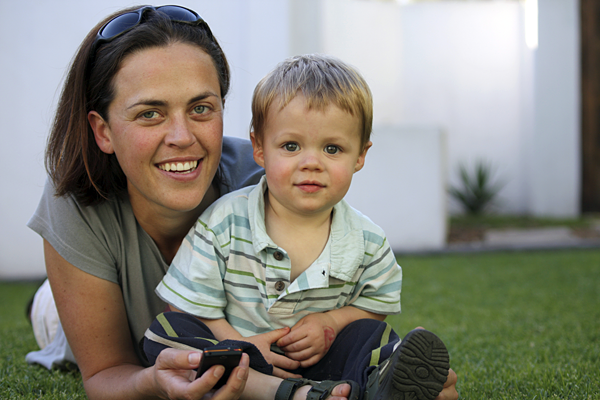The world is mud-luscious and puddle-wonderful. ~e.e. cummings
When my son was a little boy, he loved every living thing. We lived within walking distance of the grade school he attended in a small Oregon town. I would walk him to school in the morning and he would walk home by himself in the afternoon. There were many days when he was late coming home from school because he would stop to examine rocks, flowers, snakes, turtles, anything he could find. He could watch ants for hours as they went about the business of being ants. One day he came home from school with a snake crawling out of his pocket. Another day he found a box turtle and brought that home. And yet another time, it was a lizard. How he loved the world around him.
He could go to the lake and the ducks and birds would come up to him because he could sit so still. He was so young and still did not move a muscle. I think that he probably came into this world with a love of nature whereas his best childhood friend did not. When my son was examining and admiring the natural world, his friend was busy pulling legs and wings off of insects.
However, my son was not perfect with respect to the environment. His room was always a mess and he dug holes in the yard. My job was to teach my children to not only respect the natural world but also the people who inhabited space with them.
So, how do we teach respect to our own child? One of the ways is by modeling the behavior you want to see in your child and teaching him or her not to hurt others.
Following are some of the signs that children over two exhibit who do not respect the environment in which they live:
� Pulling animals ears and tails so it hurts
� Squashing bugs and pulling off legs and wings
� Hitting, kicking, and biting other children and adults
� Throwing temper tantrums in public places
� Dropping refuse on the ground instead of depositing it in garbage cans
� Not showing respect for others belongings
If your child exhibit any of the above behaviors, it’s time to teach him or her respectful ways to respond to their environment. It is a whole lot easier and fun to live with a child who respects his/her environment. They may not love all living things, as my son did and still does, but they can learn to respect them.
Maybe you can’t teach love, but you can surely teach respect.
-Annie Davis
